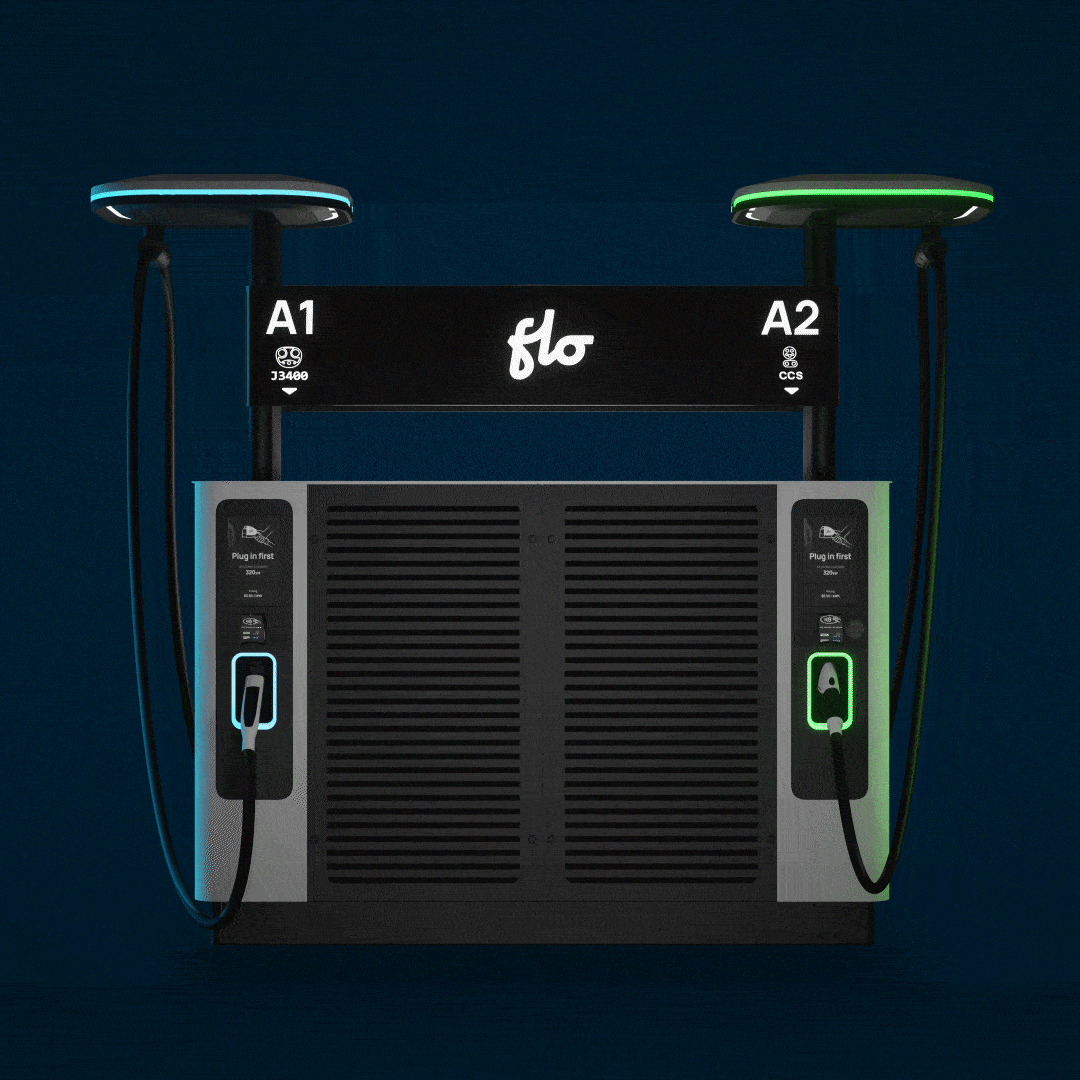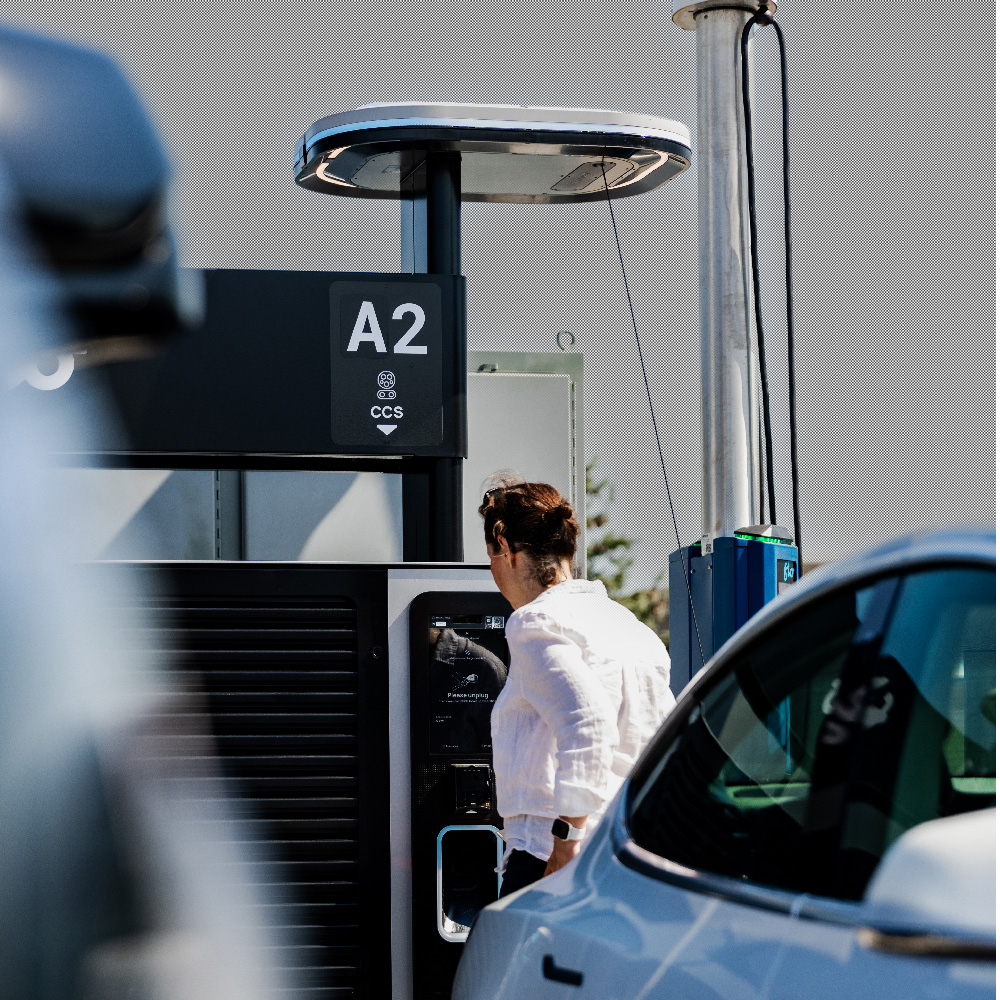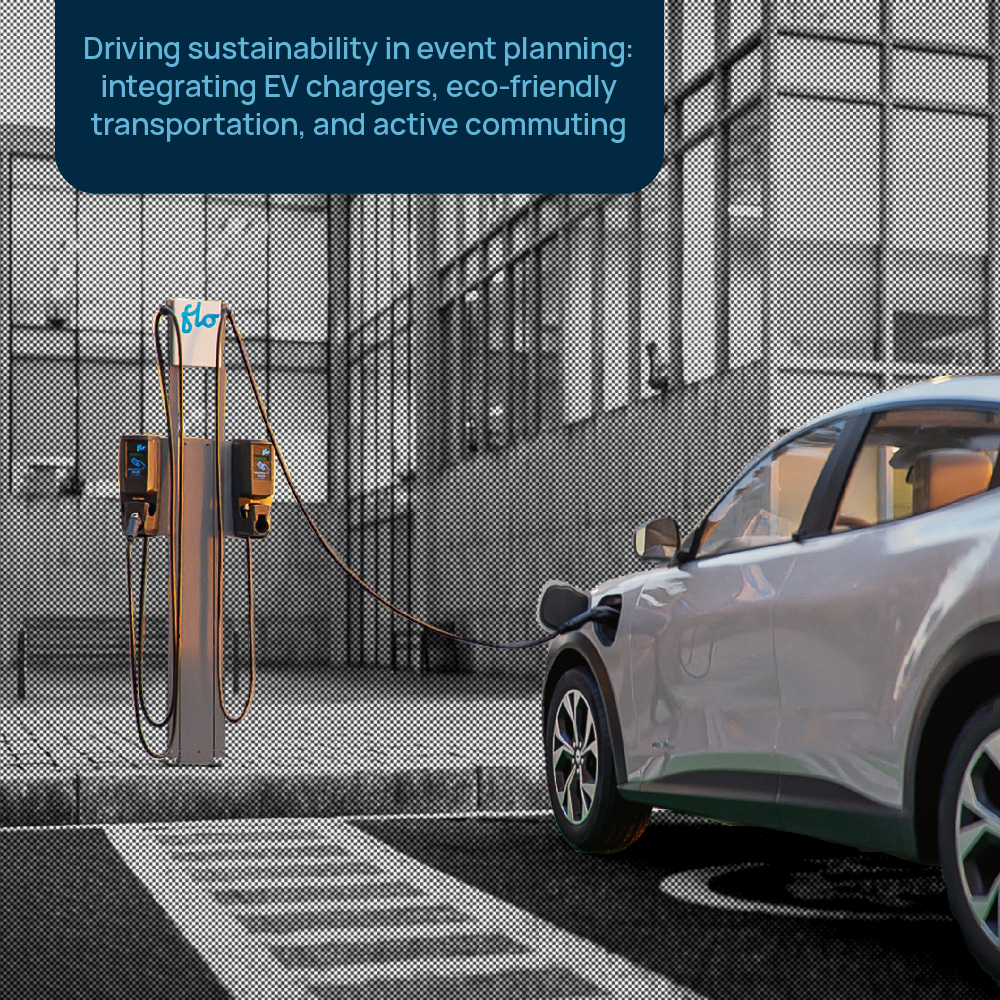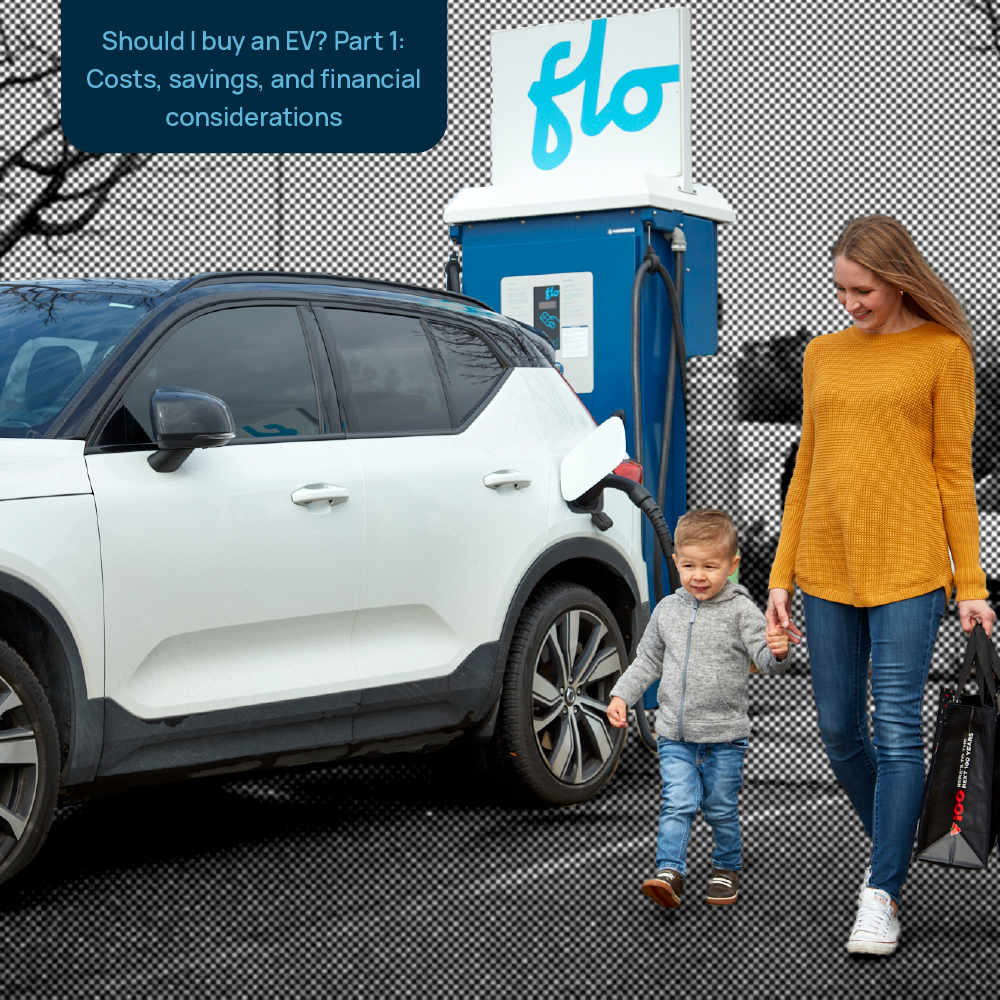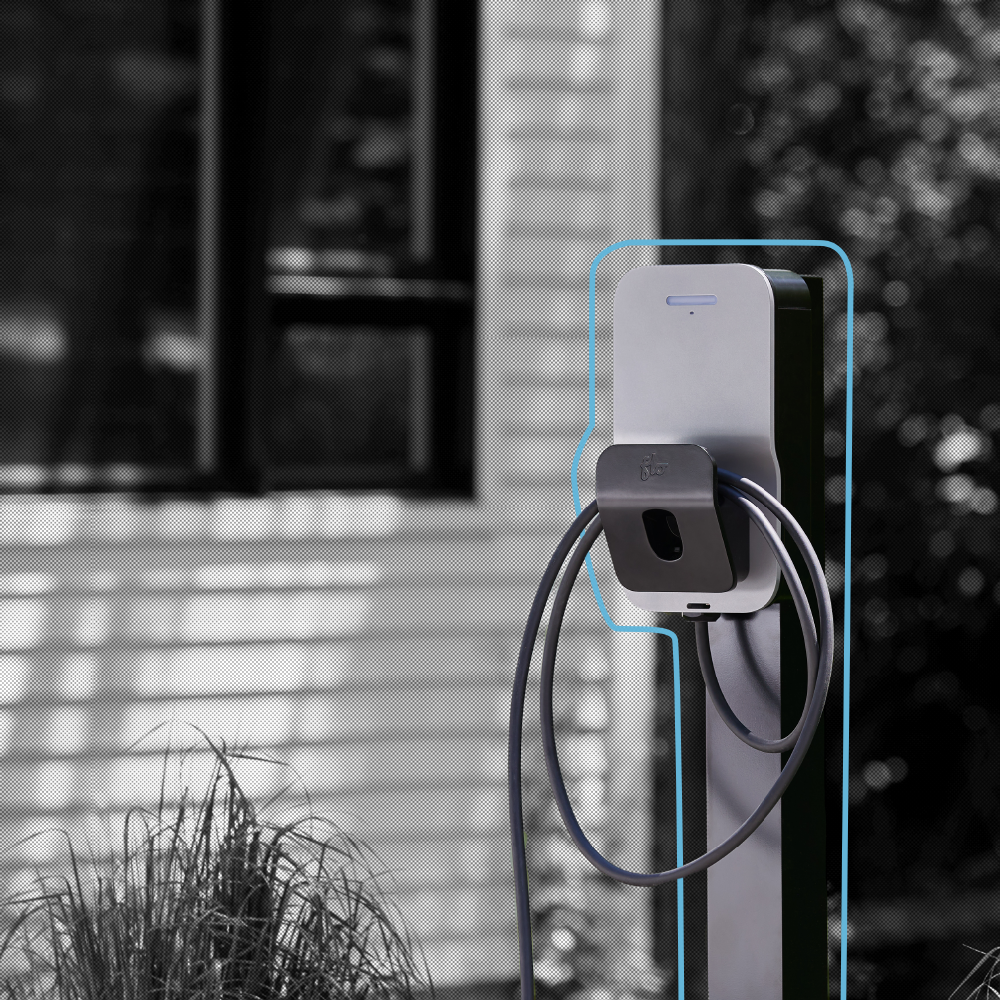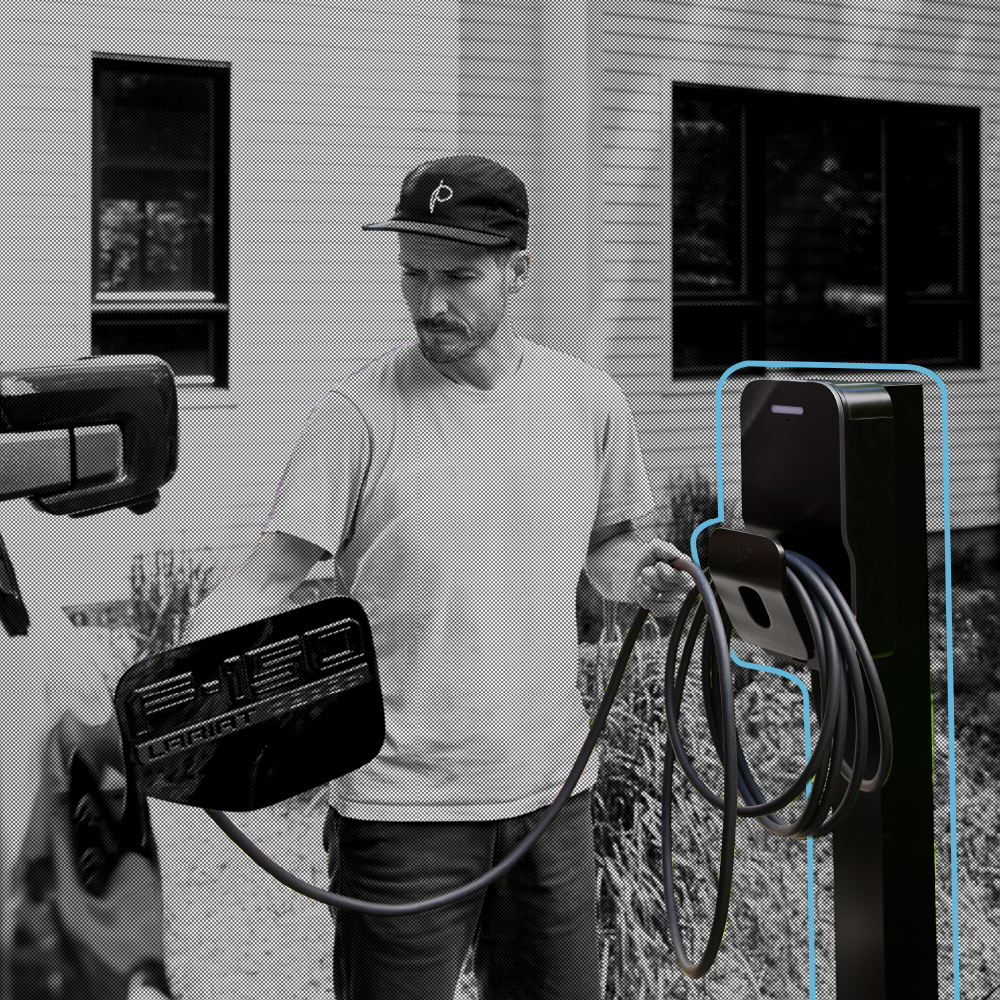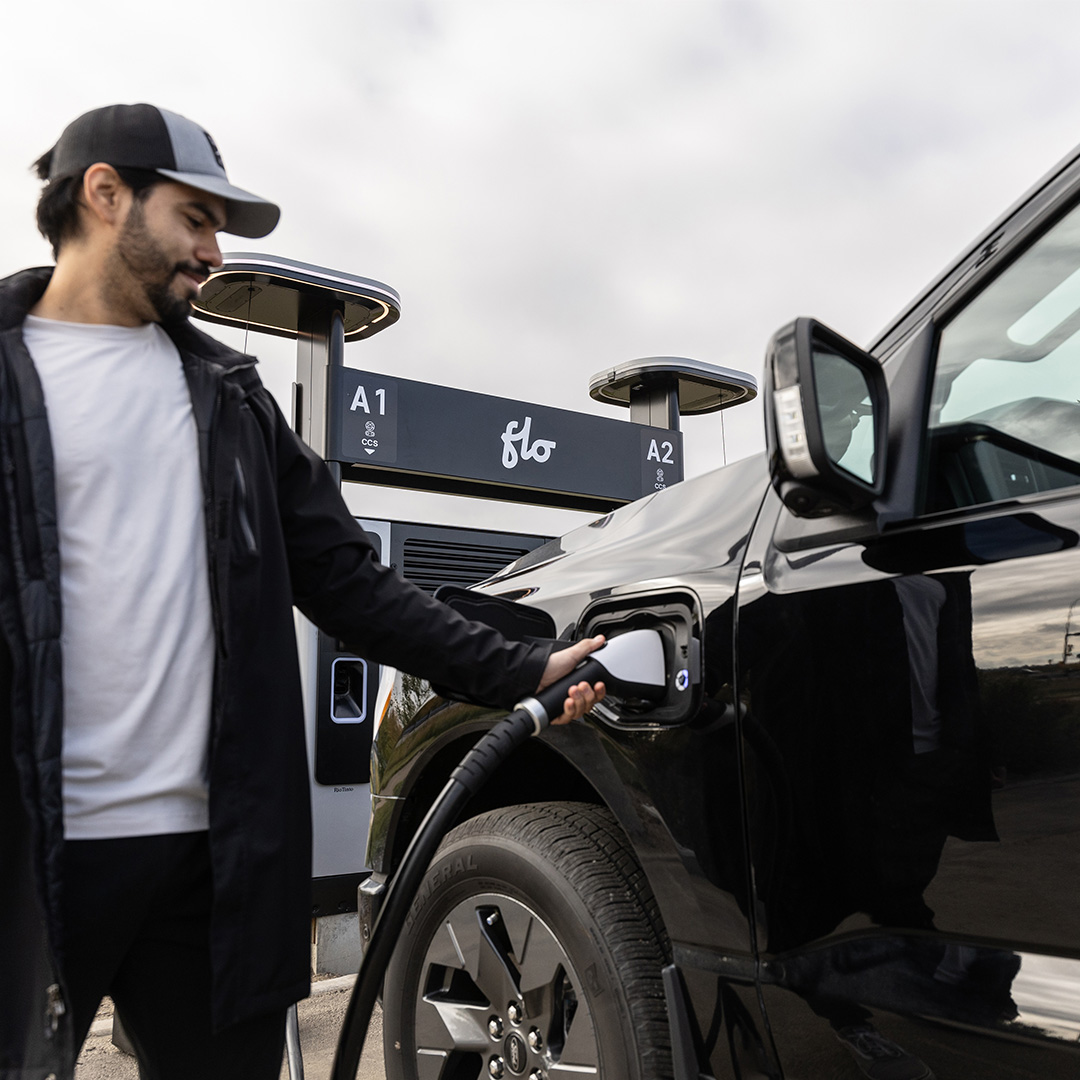Prioritizing transportation electrification strategies to combat intensifying climate impacts
By Cory Bullis, Senior Public Affairs Specialist, FLO
Policymakers around the world are grappling with the Intergovernmental Panel on Climate Change’s (IPCC) latest alarming conclusions – climate impacts are driven by human activity, are widespread, rapid, and intensifying. The world must take rapid and large-scale action to limit emissions to the 2.7 degrees threshold. The conclusions of this report and sense of alarm are not new, but many people are starting to realize that the consequences of climate change will be more intense and occur sooner than expected.
Transportation is the U.S.’ largest source of annual emissions (29 percent)[1]. In Canada, it is the second largest (25 percent)[2]. These percentages are even higher when upstream emissions from oil and gas exploration, mining, and refining are included. Light-duty vehicle tailpipe emissions comprise the largest underlying share of these emissions – 58 percent in the U.S.[3] and 48 percent in Canada[4].
These statistics, considered in the context of the IPCC’s recent conclusions, are a renewed clarion call: given our limited resources, we must take action to reduce transportation emissions, including prioritizing our vehicle electrification strategies to scale the market rapidly. President Biden’s proposed investment in EV charging infrastructure – $7.5 billion initially with the potential for several more billion coming later – presents a first important opportunity to operationalize this call to action in the United States. This investment, while historic and groundbreaking, only represents a sliver of what the market needs to fully scale and mature. So, we must prioritize these dollars accordingly to get “the biggest bang for the buck”, a favorite political colloquialism, as well as to promote inclusivity from underserved communities who’s voices traditionally have not been heard. These must be co-equal implementation goals for this funding.
At FLO, we believe three areas of charging infrastructure deployment to be essential to how the U.S. implements this funding: (1) curbside charging, (2) rural electrification, and (3) ride-hailing electrification.
1. Curbside Charging
According to the US Census, over 80 percent of the U.S. population lives in urban areas[5]. These areas often have high population densities and expansive built environments. There are often significant amounts of dense, multi-family housing packed in urban cores that lack dedicated parking for their residents, or that are challenging to electrify. Scarcity of real estate and high development costs for what little land is available, along with electrical capacity constraints, can makes it difficult, among other factors, to deploy charging stations.
Curbside chargers are located on-street in the right-of-way and are available to the public 24/7. They are an alternative solution to get into costly, hard to reach cities, especially districts with high populations of multi-family housing. Not only can curbside charging be a more cost-effective solution (depending on the deployment scenario), but it serves an important equity benefit by helping ensure the more equitable distribution of stations.
2. Rural Electrification
Rural communities face significant challenges that can undermine EV adoption: (1) residents typically have lower incomes compared to those in urban areas[6]; (2) drivers typically travel longer distances, making some commercially available EVs unsuitable for their everyday needs; (3) many households use light-duty pick-up trucks[7] for work and other everyday purposes, and although manufacturers are bringing a few models to the market soon, commercially available electric pick-up trucks are not widely available; and (4) finally, rural communities and roads sometimes lack robust electrical infrastructure and, thus, installing charging can be costly and the choices for cost-effective sites can be limited.
That means charging station technologies and deployment strategies will need to be tailored to meet the needs of rural drivers if we’re going to have a chance to make electrification work outside cities.
3. Ride-hailing Electrification
In 2020, ride-hailing companies Uber and Lyft announced they would transition their vehicle platforms to 100% electric in North America by 2030. Accomplishing this goal will provide major climate and air quality benefits, not to mention drivers’ annual savings on fuel costs. However, if we don’t effectively strategize to deploy charging solutions to meet this incoming demand for EVs and infrastructure, these drivers’ transition to EVs could be inefficient and painful.
There are infrastructure gaps where these drivers are most concentrated – downtown cores, near multi-dwelling units, and airports. By focusing some of the federal funding on these areas, we can help fill existing network gaps, increase EV charging access in underserved communities, and promote the decarbonization of ride-hailing fleets. It could also mean greater emissions benefits because of their high utilization. Research shows that when rideshare drivers transition to EVs, their communities can realize three to four times greater emissions savings compared to when average car owners switch[8].
The Path Forward
Building an additional 500,000 charging stations by 2030 will not be a simple feat – the U.S. has its work cut out for itself. Each of these population segments has unique needs when it comes to driving and charging. But if the U.S. intends to make EVs mainstream, we at FLO believe these are critical segments to address to create mass adoption. In our upcoming posts, we will spend time on each of these driver segments, exploring their underlying demographics, needs, and best practices for charging solutions based on our deployment experiences.
UP NEXT: The case for curbside charging.
[1] United States Environmental Protection Agency. Fast Facts on Transportation Greenhouse Gas Emissions. Date Accessed: October 4, 2021. < Fast Facts on Transportation Greenhouse Gas Emissions | US EPA>.
[2] Government of Canada. Greenhouse Gas Emissions: Greenhouse gas emissions by economic sector. Date Accessed: October 4, 2021. < Greenhouse gas emissions – Canada.ca>.
[3] United States Environmental Protection Agency. Fast Facts on Transportation Greenhouse Gas Emissions. Date Accessed: October 4, 2021. < Fast Facts on Transportation Greenhouse Gas Emissions | US EPA>.
[4] Government of Canada. Greenhouse Gas Emissions: Greenhouse gas emissions from the transport sector. Date Accessed: October 4, 2021. < Greenhouse gas emissions – Canada.ca>.
[5] United States Census Bureau. Urban Area Facts. Date Accessed: October 4, 2021. < Urban Areas Facts (census.gov)>.
[6] U.S. Department of Agriculture Economic Research Service. Rural Education. Date Accessed: October 4, 2021. < USDA ERS – Rural Education>.
[7] For the last several years, pick-up truck sales have outpaced passenger cars by a nearly 2-to1 ratio[7] – the popularity of trucks is not going away anytime soon (for both urban and rural communities).
[8] Jenn, Alan. Emissions benefits of electric vehicles in Uber and Lyft ride-hailing services. Nature Energy. 2020.

